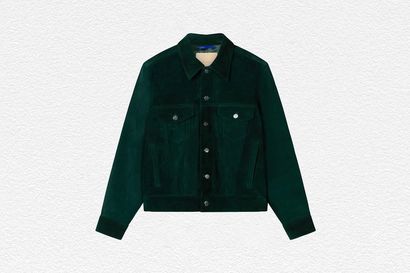These are the best smartphones for amateur photographers
Our curation of the smartphones that promise to capture your best side, every time...
If we’re being totally honest, when it comes to upgrading our smartphone, it’s not the retina display, battery life, or even the cost that we’re looking at first: it’s the camera quality. In this Instagram Age, it’s nothing short of compulsory to have a professional-standard camera in your back pocket — ready to capture and share everything from your avocado toast to your gym routine in high-definition.
Sales of digital camera sales continue to plummet, as increasing numbers of us opt instead to invest in a tool that will make our calls, keep our diaries and scroll through our social media — as well as take perfectly-lit selfies. With this in mind, we’ve curated a shortlist of the best smartphones on the market right now, that promise to capture your best side, every time.
Best all-rounder: Huawei P30 Pro
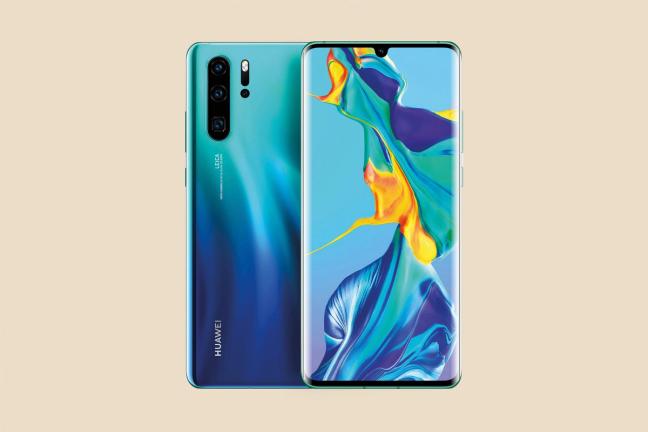
Sure, it’s a weird time to be talking about Huawei. But, putting aside for one moment that *minor* security breach and the sacking of our Defence Secretary, there’s no denying that their latest handset is an extraordinary piece of kit.
Huawei have teamed up with Leica to provide all of their camera lens tech (a move that proved extremely popular with their earlier P20), and are now bringing a quad camera set-up. The P30 features a main 40-megapixel lens, an ultra-wide angle 20-megapixel lens, an 8-megapixel telephoto lens with 5x optical zoom and 10x digital zoom, and finally, a new Huawei Time of Flight camera. Try reeling that list off after a couple of beers.
Marketing their latest gadget as a phone with “cinematic capabilities”, Huawei have also developed a SuperSpectrum Sensor, which enables spectacular low-light video capture, so night scenes appear bright and highly detailed. Additionally, the SuperZoom Lens allows for crisp close-ups, while the AI Video Editor enables users to add background music and special effects to their videos, turning the Huawei P30 Series into a mobile production studio.
Best in low-light: Google Pixel 3
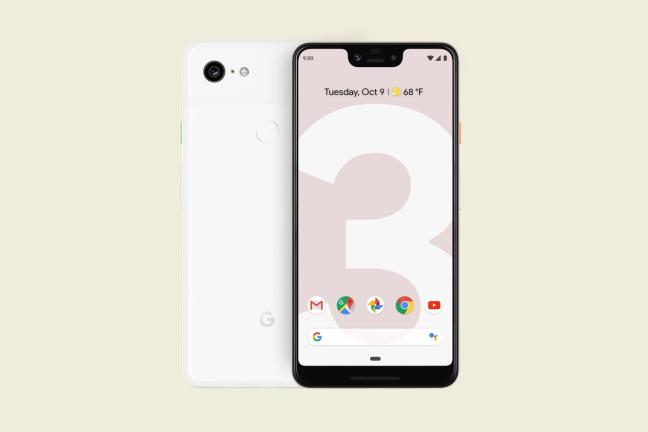
You might remember that we are already big fans of the Google Pixel 3, thanks to its progressive design which helps to combat ‘smartphone fatigue’, and encourage a more decluttered approach to modern living. But if there’s one feature that will really get your friends coveting your handset, it’s the PIxel’s outstanding camera.
The majority of what makes this camera so special is Google’s software – since, like everything produced by the industry giants, the Pixel 3 is effortlessly cool. And, thanks to its 12.2-megapixel rear camera, new software updates that use machine learning to improve image processing, and a secondary wide-angle selfie shooter — Google’s Pixel 3 (and its super-sized sister, the XL) take truly fantastic images.
We are particularly impressed by the Pixel’s capacity in low light, which has historically tripped up even the best smartphone cameras on the market. Google have improved the camera’s low-light capabilities with a feature known as Night Sight — which brightens up even the darkest of scenes and keeping objects in focus. Top Shot us another great new feature, which works when you take “Motion” pictures, looking for smiles and open eyes to recommend the best image in a series.
To improve its digital zoom, the Pixel combines several photos together and processes super detailed, zoomed-in shots.
Best for the Apple addict: iPhone XS
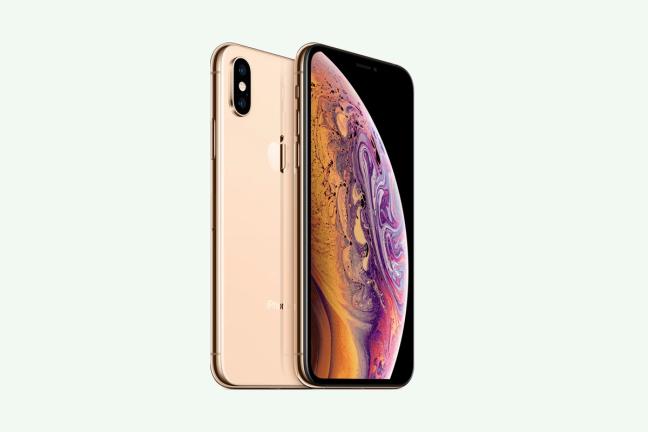
We know, it can be hard to cut ties with a brand you’ve (quite literally) invested so much in. And, if you’re looking to upgrade but can’t quite face walking away from Apple, the iPhone XS is your best bet for a brilliant smartphone camera.
Comparing the iPhone XS and iPhone X with the same photo, it is the new and improved Smart HDR mode which provides the key difference here. While the overall quality of the snap is largely the same, the detail and brightness throughout is improved. Apple have also seriously vamped up and improved their Portrait Mode too — with both the ability to take better pictures of people, and the capability of adjusting the level of blur behind them.
Best value for money: OnePlus 6T
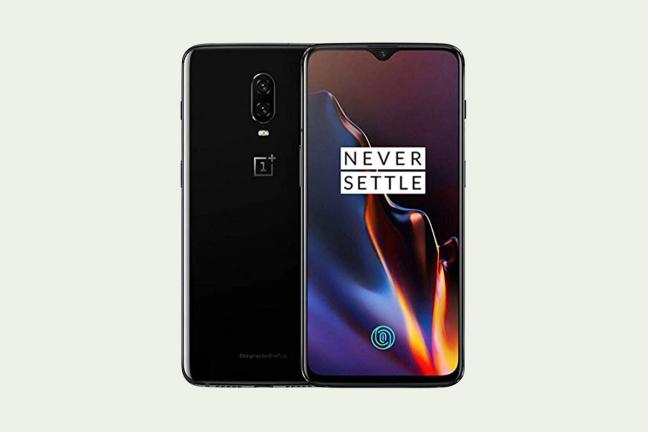
When it comes to buying a new smartphone, everyone has different budgets and may not agree on what constitutes a bargain. If you can afford to spend a bit more, but you still don’t want to pay flagship prices, then check out the OnePlus 6T. It tops our list of the best cheap phones for a number of reasons, not least the dual-lens main camera.
After some tweaks made to OnePlus’ camera profile between the 6T and its predecessor, the OnePlus 6, the phone takes some excellent HDR imagery and offers 480fps slow-motion video capture. It also sports a pleasing Portrait Mode and the 16-megapixel front camera sits within one of the most attractive and least obtrusive display notches out there.
Best for intelligent performance: Samsung Galaxy S10 Plus

Building on Samsung’s existing repertoire of devices which feature their Dual Pixel and Dual Aperture firsts, the new Galaxy S10 Plus introduces some seriously impressive new camera technology and advanced intelligence — making it even easier to take incredible shots and videos.
The phone’s new wide-angle lens offers a 123-degree view, and is designed to capture images as they are seen by the naked eye — so that what you see before you is exactly what ends up in frame.
The new Scene Optimiser can now also recognise (and more accurately process) additional scenes in the frame. And, with Shot Suggestion, Galaxy S10 offers automatic composition recommendations so you can frame your photo better than ever.
Are you suffering from smartphone stress? Here are the expert tips on how to combat it…

Become a Gentleman’s Journal Member?
Like the Gentleman’s Journal? Why not join the Clubhouse, a special kind of private club where members receive offers and experiences from hand-picked, premium brands. You will also receive invites to exclusive events, the quarterly print magazine delivered directly to your door and your own membership card.
